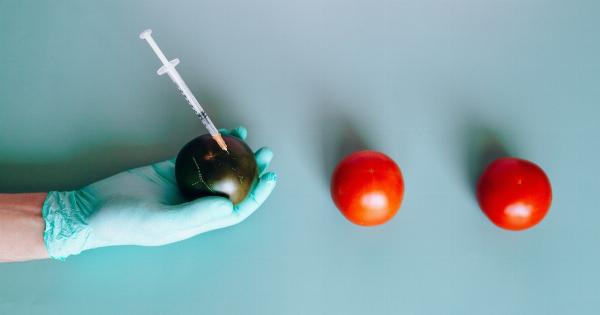The Crown is a Netflix drama series that portrays the life and reign of Queen Elizabeth II. Over four seasons, it has garnered great critical acclaim for its storytelling, performances, and production design.
In season three, the show began to depict the introduction of in vitro fertilization (IVF) and its impact on the royal family. This article will examine how IVF influenced the storyline of The Crown.
The Historical Context
The Crown focuses on the historical events that shaped the reign of Queen Elizabeth II. The introduction of IVF in the show is set in the early 1980s.
During this time, IVF was a new and controversial medical procedure that offered hope for couples struggling to conceive. The first successful birth resulting from IVF occurred in 1978, and by the early 1980s, the technology had advanced enough for it to be a viable treatment option for infertility.
Princess Margaret’s Struggle
Season three of The Crown depicts Princess Margaret’s struggle to conceive a child. She is shown to have multiple miscarriages, and the doctors inform her that her chances of having a successful pregnancy are low.
It is then suggested that she consider IVF, and The Crown portrays her journey as she explores this new medical technology.
The Queen’s Reaction
The Crown also shows Queen Elizabeth II’s reaction to IVF. Initially, she is skeptical and cautious about the procedure. She worries that it is unnatural and goes against the traditional methods of conception.
However, as Princess Margaret’s health declines, the queen becomes more open to the idea of IVF and ultimately supports her sister’s decision to undergo the procedure.
The Public’s Reaction
The introduction of IVF in The Crown also depicts the public’s reaction to the procedure. At the time, IVF was a controversial topic that sparked debates about morals, ethics, and religion.
The show portrays the public’s confusion and skepticism about the medical technology. However, as Princess Margaret’s story unfolds, the public begins to see IVF as a viable option for couples struggling with infertility.
A Breakthrough for Princess Margaret
The IVF storyline in The Crown comes to a climax when Princess Margaret has a successful pregnancy and gives birth to a healthy baby girl. This moment is portrayed as a breakthrough for Princess Margaret, who had struggled for years to conceive.
It is also shown to be a victory for science and medicine, as IVF is shown to be a viable solution for couples struggling with infertility.
The Impact on the Royal Family
The introduction of IVF in The Crown has a significant impact on the royal family. It portrays the tension between traditional methods of conception and new medical technologies.
It also highlights the pressure that royal women faced to bear children and maintain the line of succession. The successful birth resulting from IVF is shown to be a triumph for Princess Margaret and the royal family.
The Legacy of IVF
The legacy of IVF is depicted in The Crown as a medical breakthrough that offers hope to couples struggling with infertility.
The show portrays IVF as a symbol of progress and the potential for science and medicine to solve previously unsolvable problems. The Crown shows the impact that IVF had on the royal family, but it also acknowledges its impact on society as a whole.
Conclusion
The introduction of IVF in The Crown is a significant storyline that highlights the tension between tradition and progress. The show portrays IVF as a medical breakthrough that offers hope to couples struggling with infertility.
It also shows the impact that IVF had on the royal family and society at large. IVF is a complex and controversial topic, and The Crown’s portrayal of it is a testament to its ability to tackle difficult subjects with grace and nuance.




























